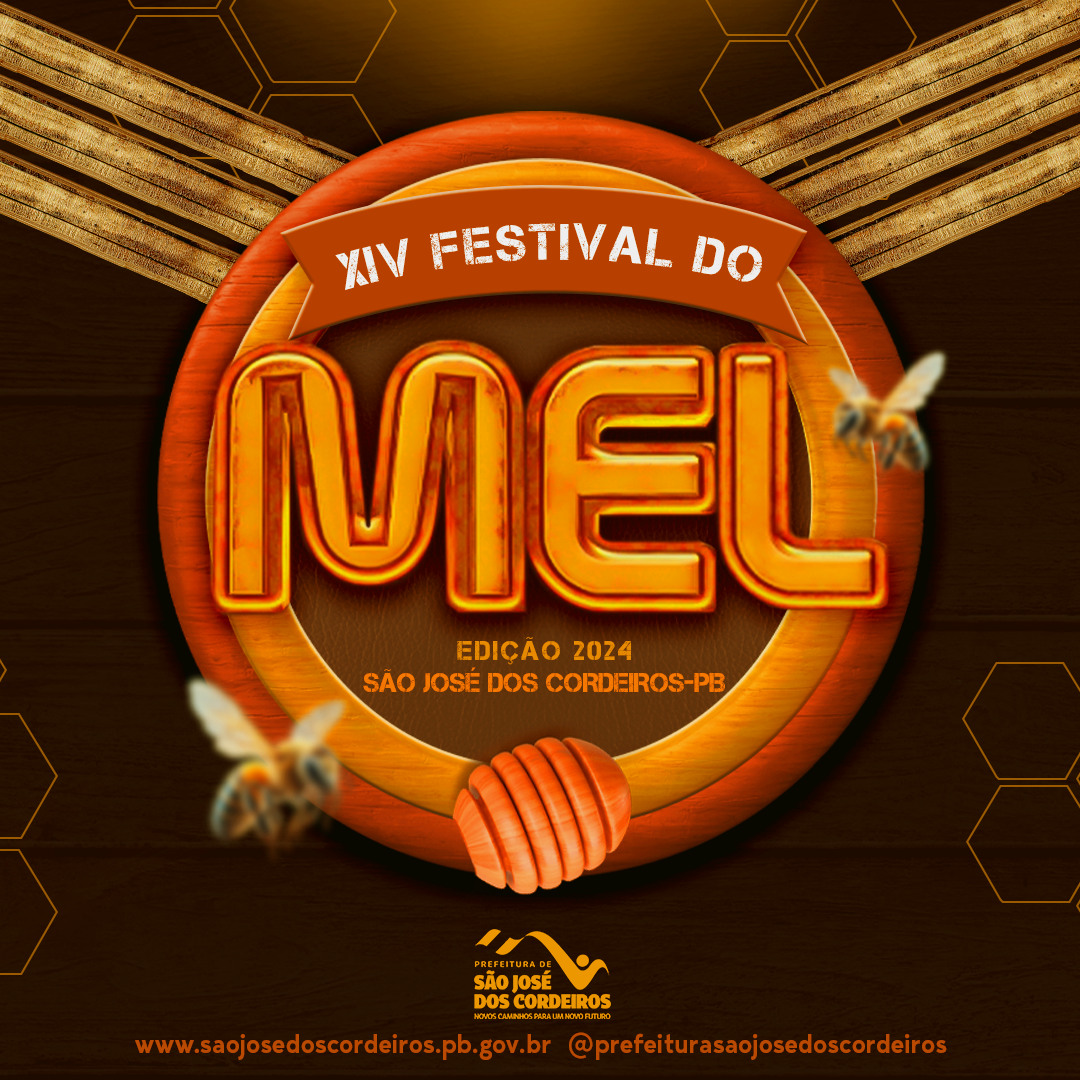Inseminação artificial em abelhas rainha Uma forma de avanço
Keywords:
Inseminação artificial, Abelhas, Melhoramento genético, Rainha, AcasalamentoAbstract
Artificial insemination is of great importance for the genetic improvement of bees, allowing for more rigorous control of their ancestry. The technique is a specialized process that requires precise management of the maternal and paternal lineages, a complex task due to the fact that the queen mates with multiple drones. The development of the technique involved decades of research and technological advances. The first efforts at artificial insemination began in 1788, when F. Huber used a brush to insert sperm into the queen. In 1887, MacLean introduced sperm drop by drop and tested a drone mating device. In 1920, Bishop developed the vaginal valve, and in 1927, Watson achieved success using a microsyringe and a binocular magnifying glass. From 1930 onwards, Laidlaw began using carbon dioxide for anesthesia and, in 1944, introduced a new insemination device. In 1974, there was an improvement in the equipment based on Mackensen's design. Currently, the most widely used models are those developed by Laidlaw and Mackensen. The reproductive system of the queen bee consists of: ovaries, ovarian ducts, spermatheca and glands associated with the storage and transport of sperm. In contrast, the reproductive system of the drone includes: testes, seminal vesicles and mating organs, and sperm is released during copulation, resulting in the death of the drone shortly thereafter. Artificial insemination in honey bees is an important method for improving genetics and managing lineages, but it presents significant challenges. It requires specialized knowledge, which may limit its use to beekeepers with more resources. Controlling drone selection can reduce the genetic diversity of colonies, increasing vulnerability to diseases and environmental changes. In addition, there are ethical and biological concerns, as the process involves the death of drones and the direct manipulation of queens.
Downloads
Published
How to Cite
Issue
Section
License
Copyright (c) 2024 Lara Santos , Carlos Andrey , Maria Clara, Maria Luiza , Rebeca Martins , Thyago Gurjão, Larissa Silva, Francisco de Assys , Nágela Maria (Autor)

This work is licensed under a Creative Commons Attribution 4.0 International License.
Termo de cessão de direitos autorias
Esta é uma revista de acesso livre, em que, utiliza o termo de cessão seguindo a lei nº 9.610/1998, que altera, atualiza e consolida a legislação sobre direitos autorais no Brasil.
O(s) autor(es) doravante designado(s) CEDENTE, por meio desta, publica a OBRA no Caderno Verde de Agroecologia e Desenvolvimento Sustentável, representada pelo Grupo Verde de Agroecologia e Abelhas (GVAA), estabelecida na Rua Vicente Alves da Silva, 101, Bairro Petrópolis, Cidade de Pombal, Paraíba, Brasil. Caixa Postal 54 CEP 58840-000 doravante designada CESSIONÁRIA, nas condições descritas a seguir:
O CEDENTE declara que é (são) autor(es) e titular(es) da propriedade dos direitos autorais da OBRA submetida.
O CEDENTE declara que a OBRA não infringe direitos autorais e/ou outros direitos de propriedade de terceiros, que a divulgação de imagens (caso as mesmas existam) foi autorizada e que assume integral responsabilidade moral e/ou patrimonial, pelo seu conteúdo, perante terceiros.
O CEDENTE mantêm os direitos autorais e concedem à revista o direito de divulgação da OBRA, com o trabalho simultaneamente licenciado sob a Licença Creative Commons do tipo atribuição CC-BY.
O CEDENTE têm autorização para distribuição não-exclusiva da versão do trabalho publicada nesta revista.
O CEDENTE têm permissão e são estimulados a publicar e distribuir seu trabalho online (ex.: em repositórios institucionais ou na sua página pessoal) a qualquer ponto antes ou durante o processo editorial, já que isso pode gerar alterações produtivas, bem como aumentar o impacto e a citação do trabalho publicado.








